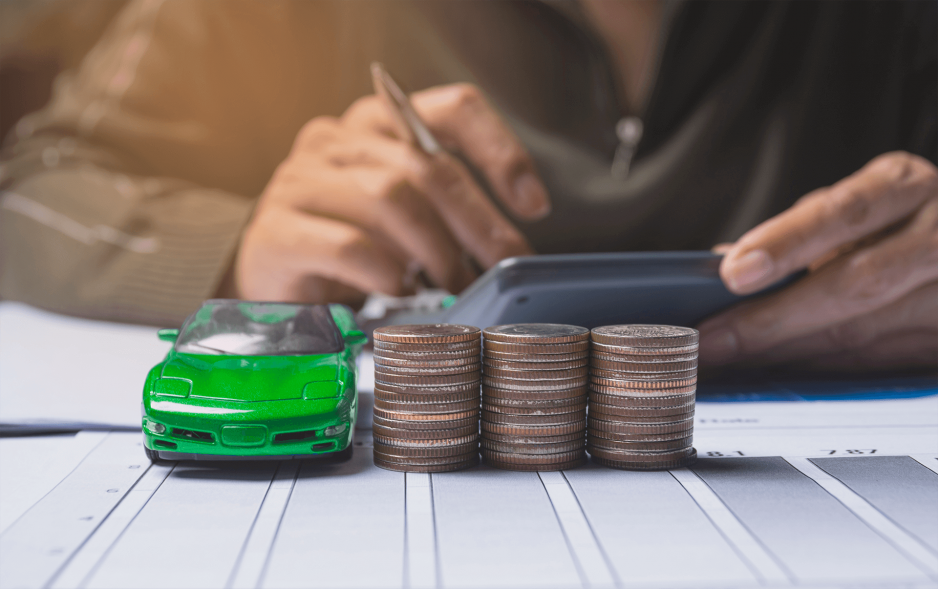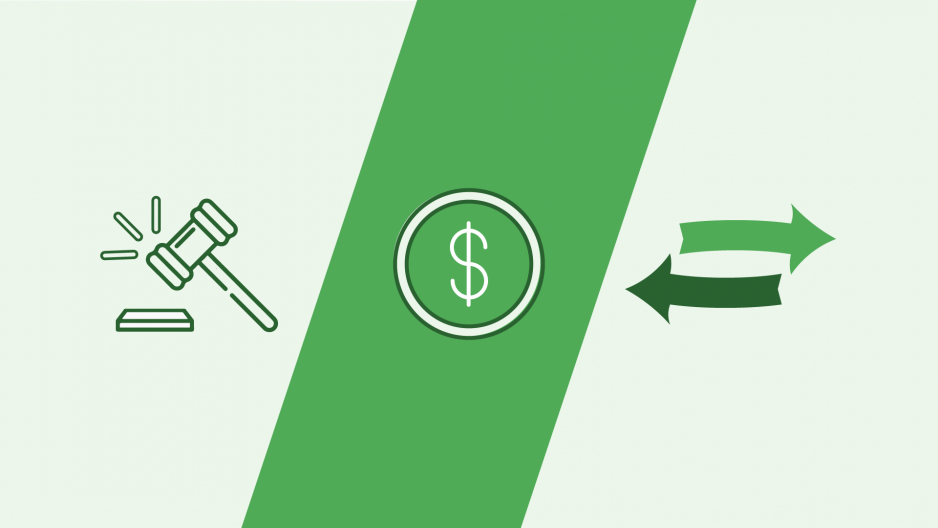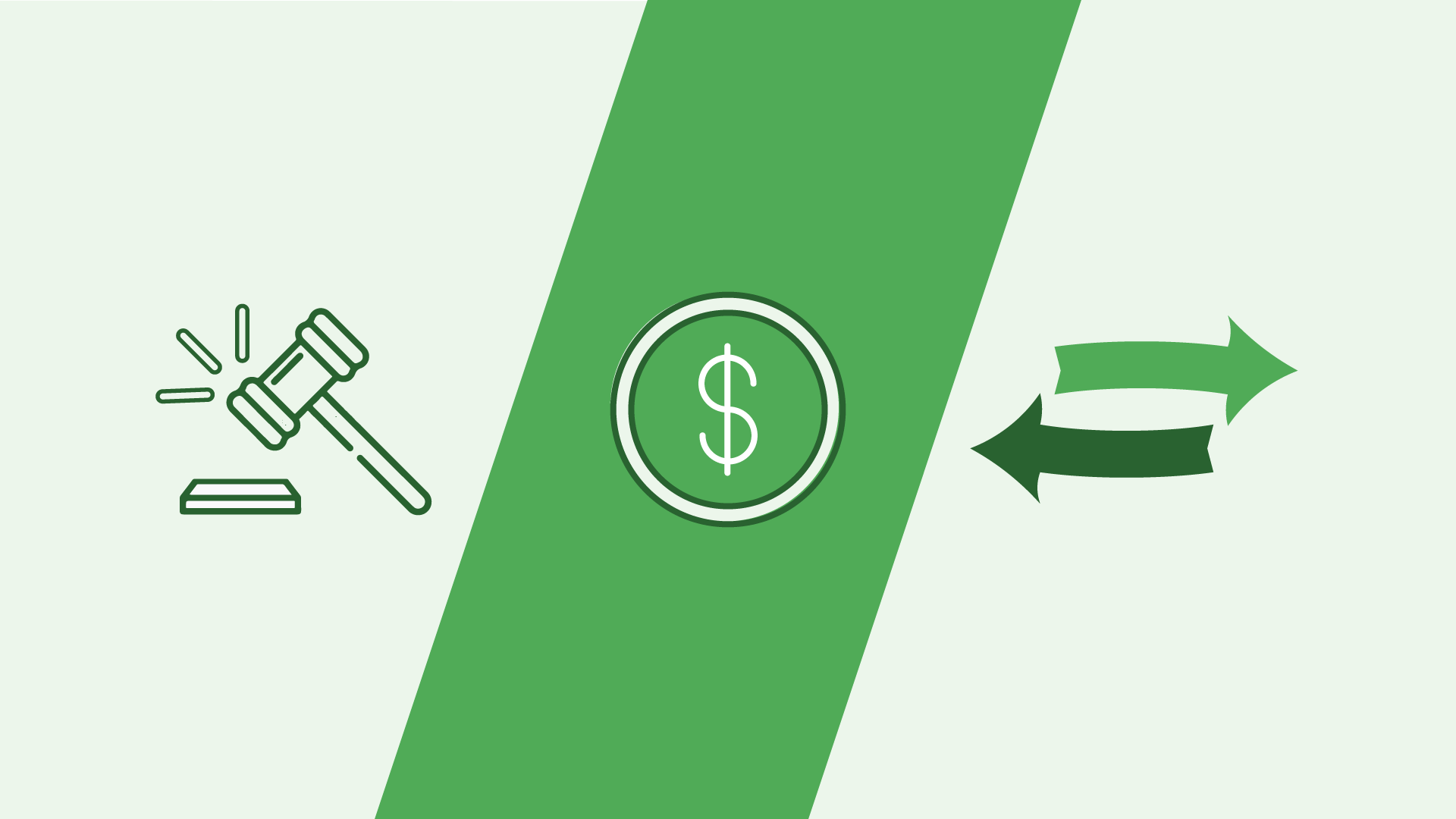Don’t worry, it’s easy.
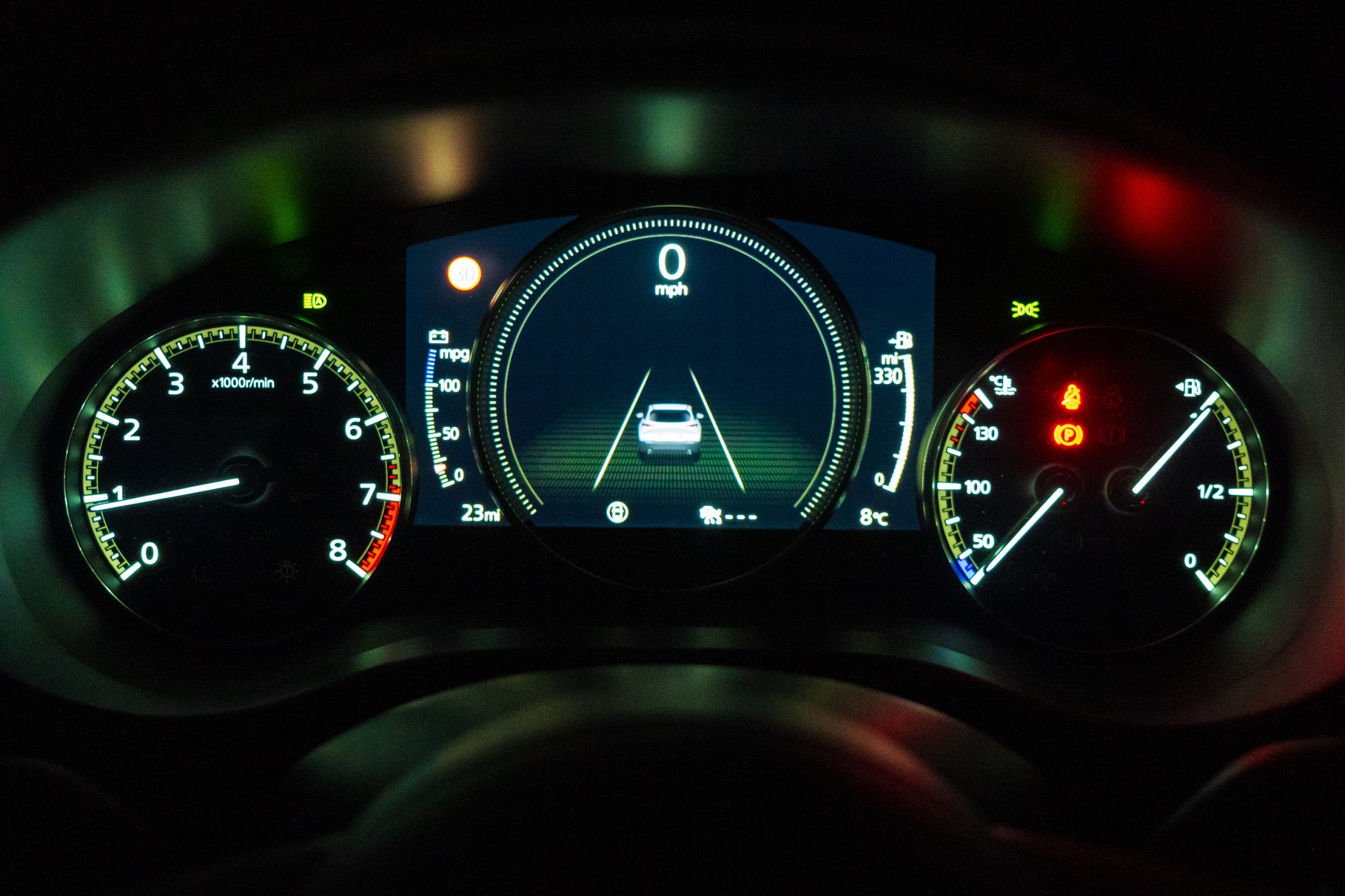
Dashboard lights are terrifying because most of us don’t know what they mean. And even the ones we do know, like oil pressure light, we couldn’t begin to fix on our own.
Check engine? Is it doing alright?
A 2021 survey commissioned by Jiffy Lube reported nearly one-third of respondents ignored their check engine light for more than a month.
To be helpful (and to find out for ourselves) we looked at the most common dashboard warning lights
Oil Pressure
Your engine uses oil to keep everything running smoothly. It acts as a lubricant so all the fast-moving metal parts don’t destroy all the other fast-moving metal parts.
Likely, you need to add some oil to your engine or change your oil filter. Both are easy enough to do, and ChrisFix does a great job showing you how on their YouTube channel.
If your filter is clear and your oil is fresh, you may need a mechanic to replace your sensor or oil pump.
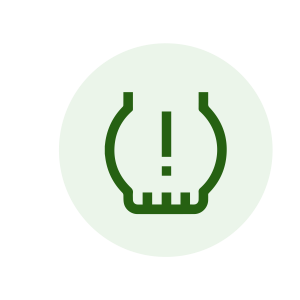 Air Pressure in Tires
Air Pressure in Tires
This is one of the few lights that actually might go away if you wait it out, but that isn’t always advised.
Most people have seen their low air pressure light come on during cold mornings. The air in your tires constricts when it’s cold outside and expands when it’s hot.
If the light is consistent, find an air pump at a gas station or auto shop and fill your tires to the manufacturer’s recommended PSI (find that number on a sticker inside the driver’s door).
You may have a leak if you find yourself refilling your tires regularly. Take care of it soon. Most auto shops can patch a tire fairly easily.
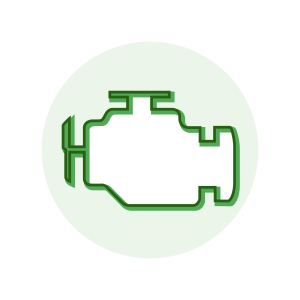 Check Engine Light
Check Engine Light
The check engine light has to be the most ominous light. It’s persistent and mysterious.
The good news: it’s probably just a loose gas cap or faulty air flow sensor and can be fixed quickly and inexpensively.
Software Engineer II
We are searching for a Software Engineer II to help us enhance and maintain our web app and api. Our engineering team is constantly working to build the tools necessary to support the growth of Carmigo.
The Intermediate Software Engineer will have a unique opportunity to help grow an early stage tech company and will be exposed to our entire tech stack. This position will enhance your leadership skills and push your engineering abilities to the next level.
Junior Engineer
About the Position: We are searching for a Junior Software Engineer to help us enhance and maintain our web app and api. Our engineering team is constantly working to build the tools necessary to support the growth of Carmigo.
The Junior Software Engineer will have a unique opportunity to help grow a tech company from ground zero and will be exposed to our entire tech stack. We firmly believe that this position will provide unparalleled growth potential for young engineers. This position is not for the faint of heart – A Junior Engineer must be passionate about technology and be driven to make an impact, but if the mentality is there, this opportunity is as good as it gets.
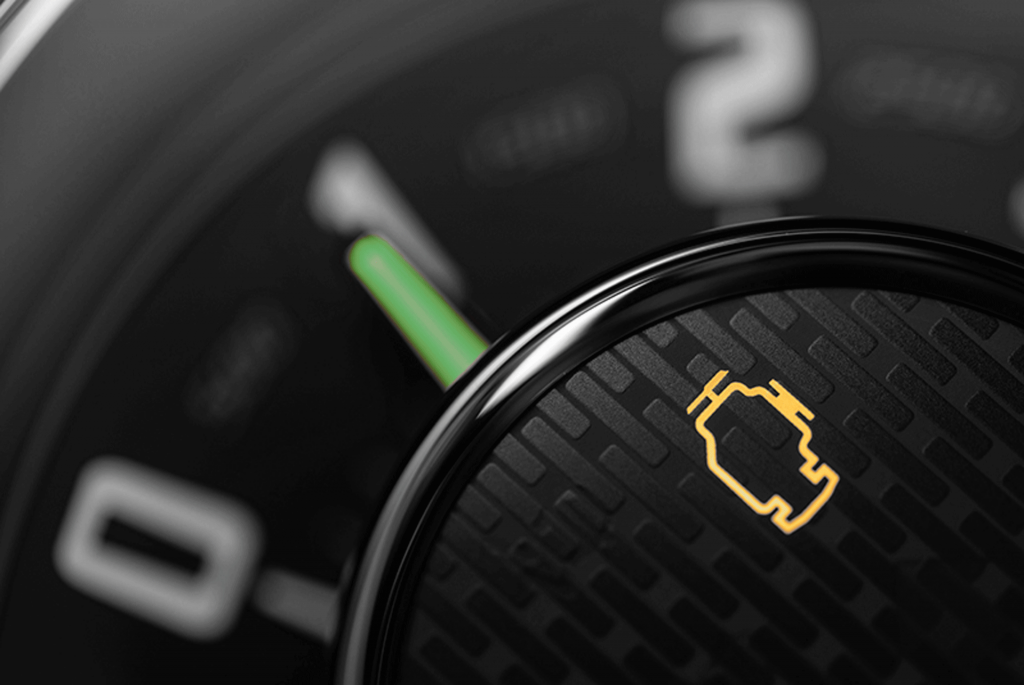
What’s Up With My Check Engine Light?
Your check engine light is probably not as severe or expensive as you think. Here are the most common problems and how to fix them.
 Washer Fluid
Washer Fluid
Do you see the weird shape with a whale spout coming out of the top? That means you’re out of windshield wiper fluid. It’s probably why your windshield is so dirty.
This is the easiest fix on the list. All you need is a bottle of wiper fluid from your local auto-parts store and a minute or two. Under your hood is a reservoir (that looks like a white plastic bottle). It has a similar whale spout image on the cap. Fill it with the bottle of wiper fluid and you’re done.
Good job. Now clean your windshield. You’ll be amazed at how much clearer you’ll see.
 Battery
Battery
The battery light means your electrical systems aren’t receiving enough juice. This could mean you need to clean the corrosion off your battery or replace it altogether. Luckily, the employees as just about any auto-parts store will put your new battery in for you, and multiple brands offer an array of options based on your budget and performance needs.
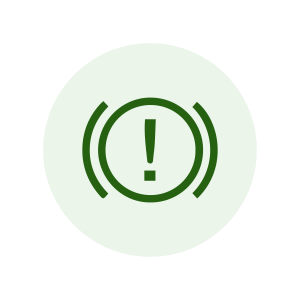 Brake
Brake
Here is where the dashboard lights start to get scarier. This light could be like a brake pedal or a red exclamation mark and it can mean a number of things, but each one should be dealt with promptly.
- Check your brake lights and replace any that are faulty or burned out.
- Your parking/emergency brake is engaged. They can cause some problems if you’re trying to drive, so make sure it’s not on while moving.
- Low brake fluid can cause extra heat and friction in the breaking process, causing the parts involved to break.
As simple as a brake light may seem, without them you greatly increase your risks of being hit from behind. You can easily fix this one yourself, and Erik the Car Guy has a simple guide.

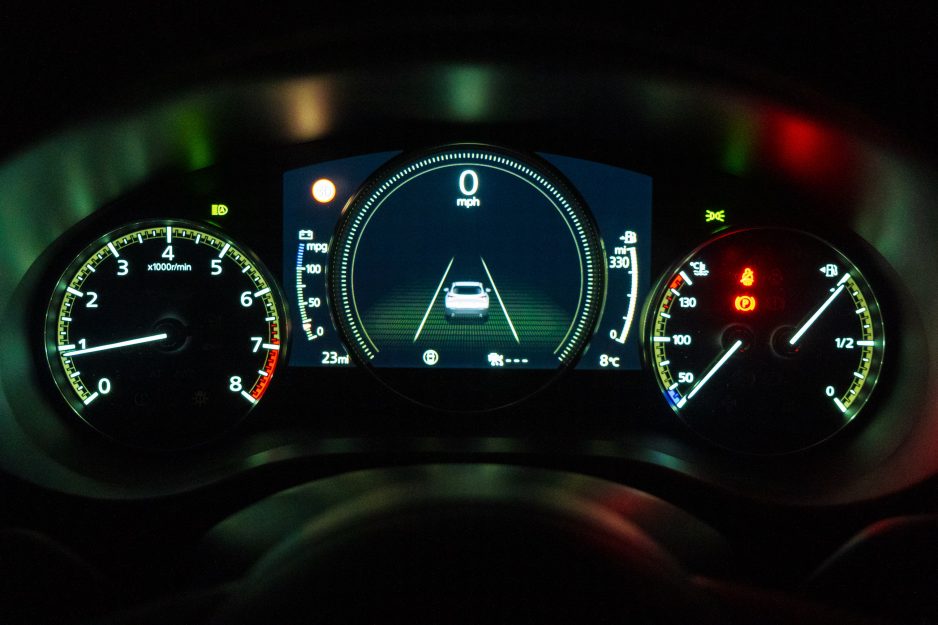
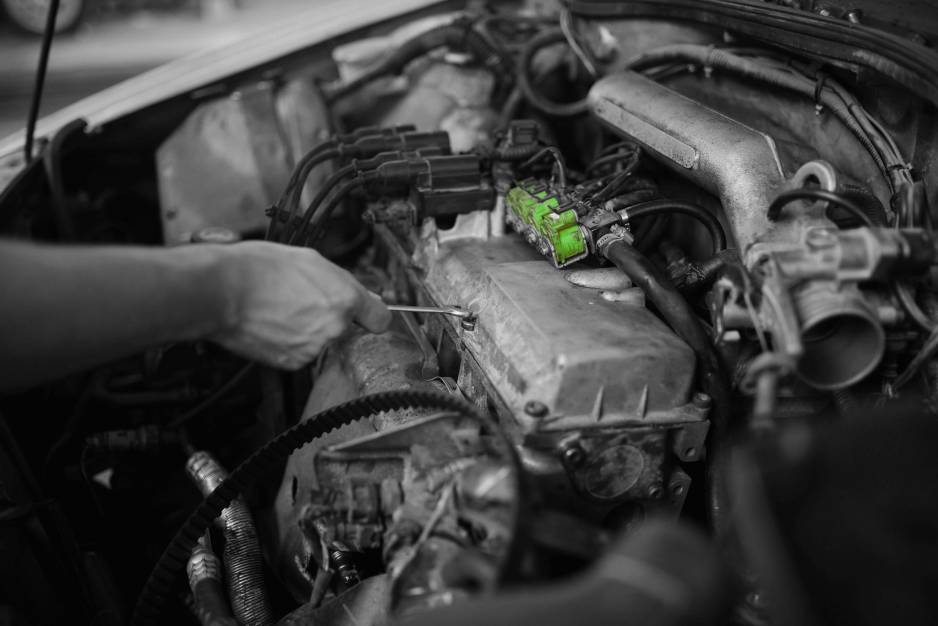
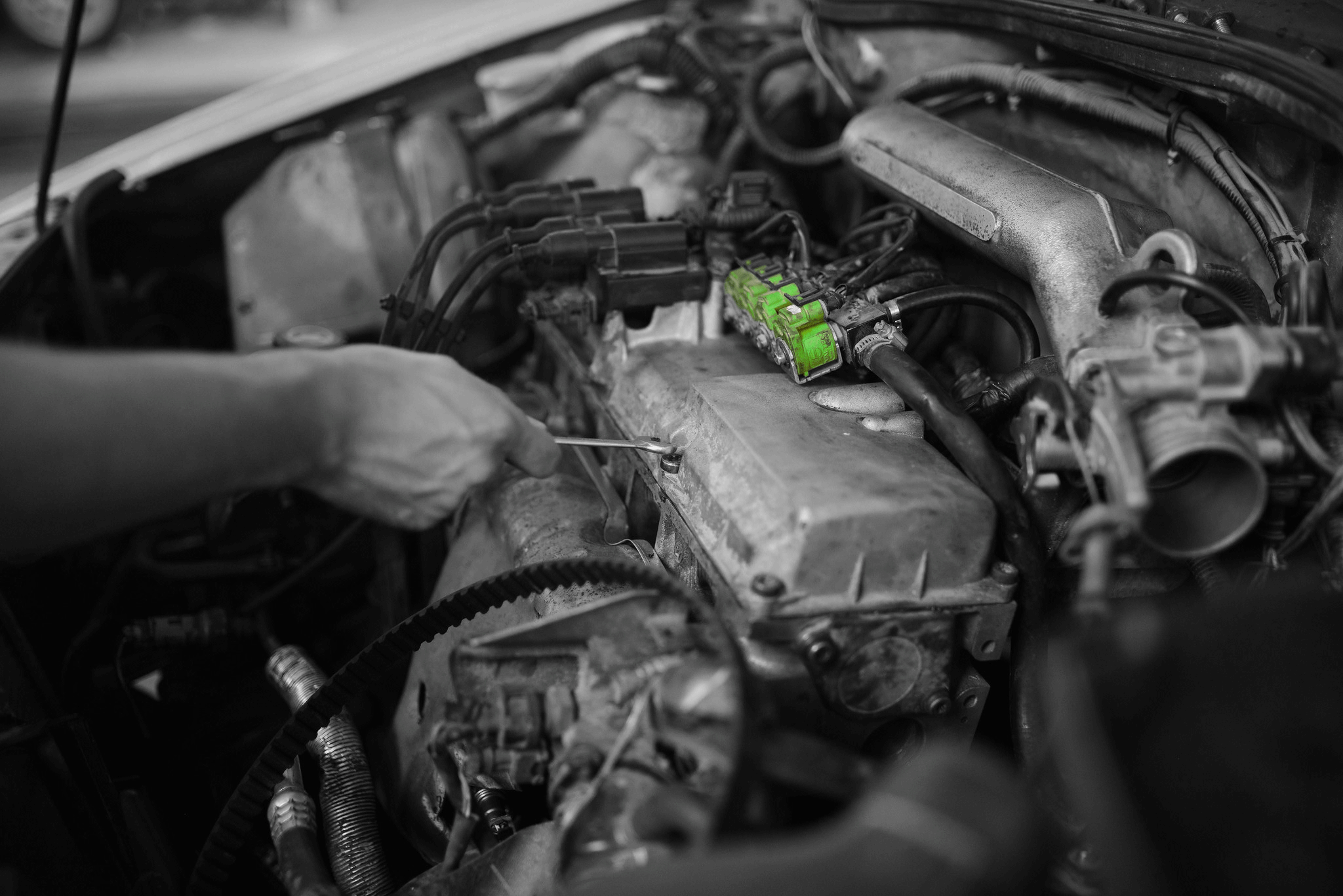 Photo by
Photo by 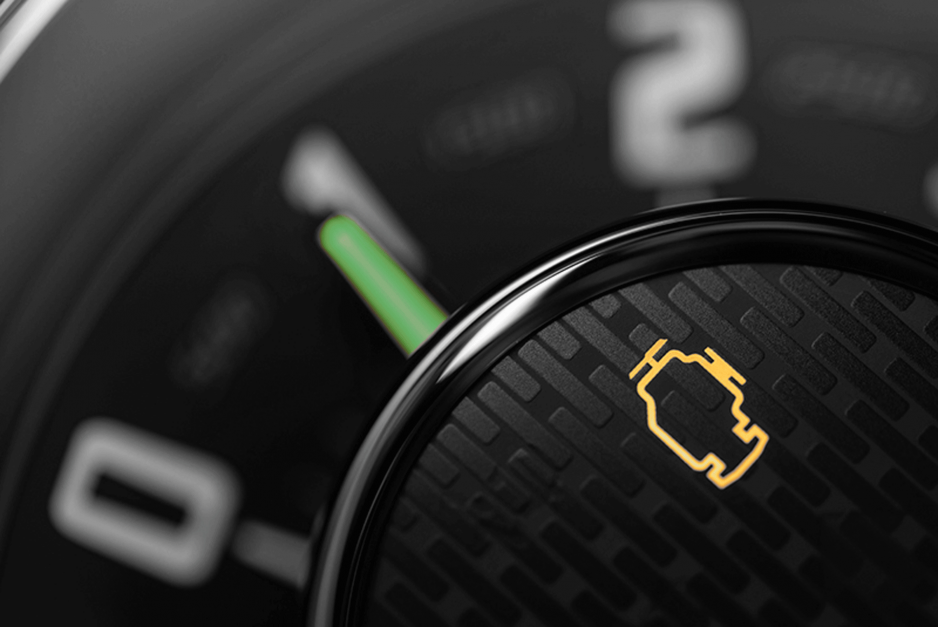
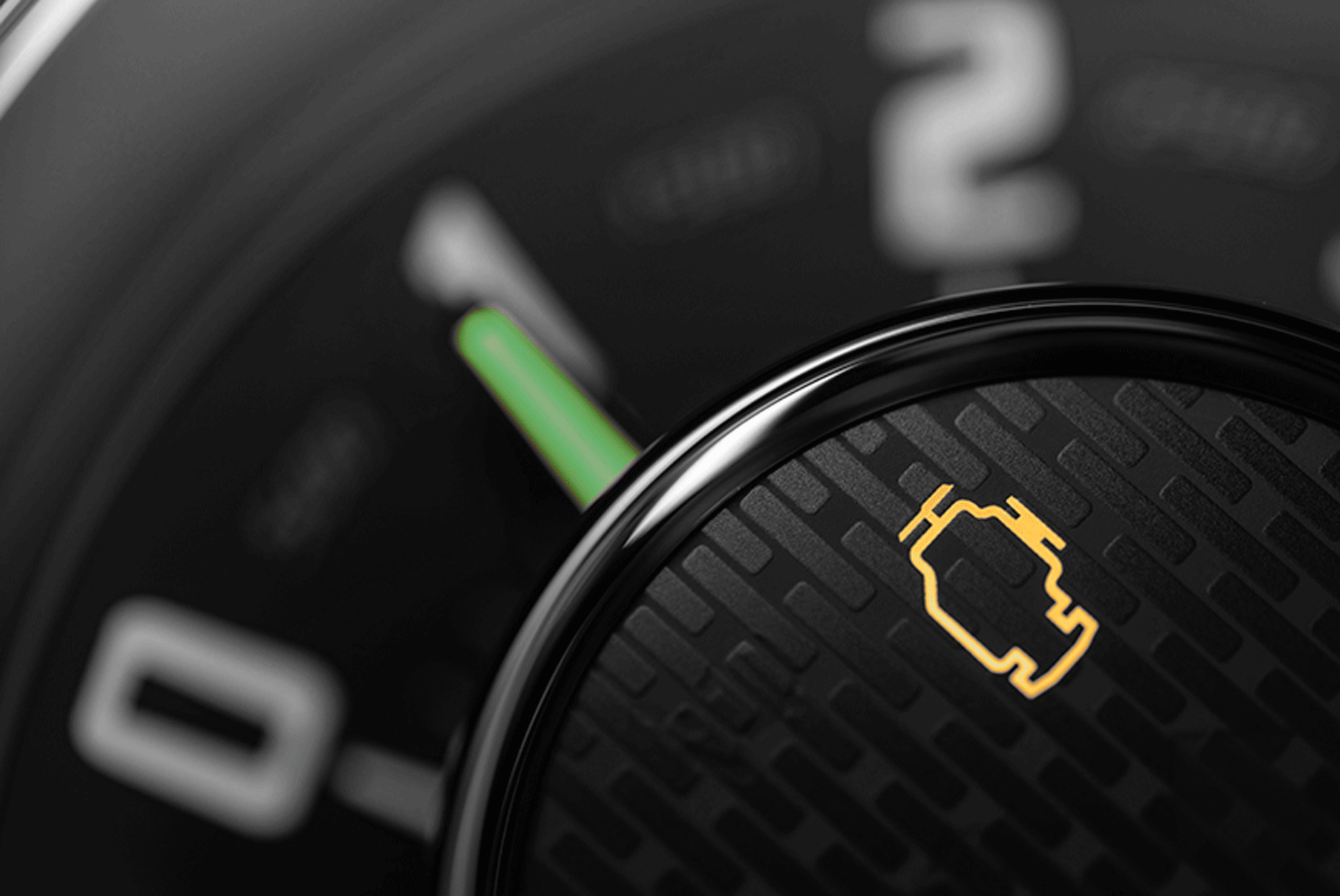
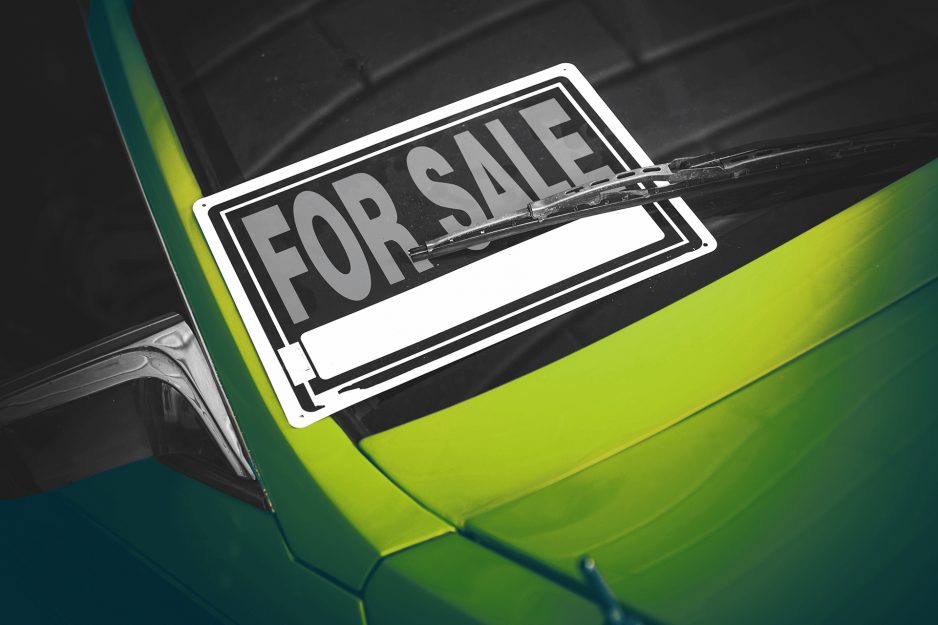
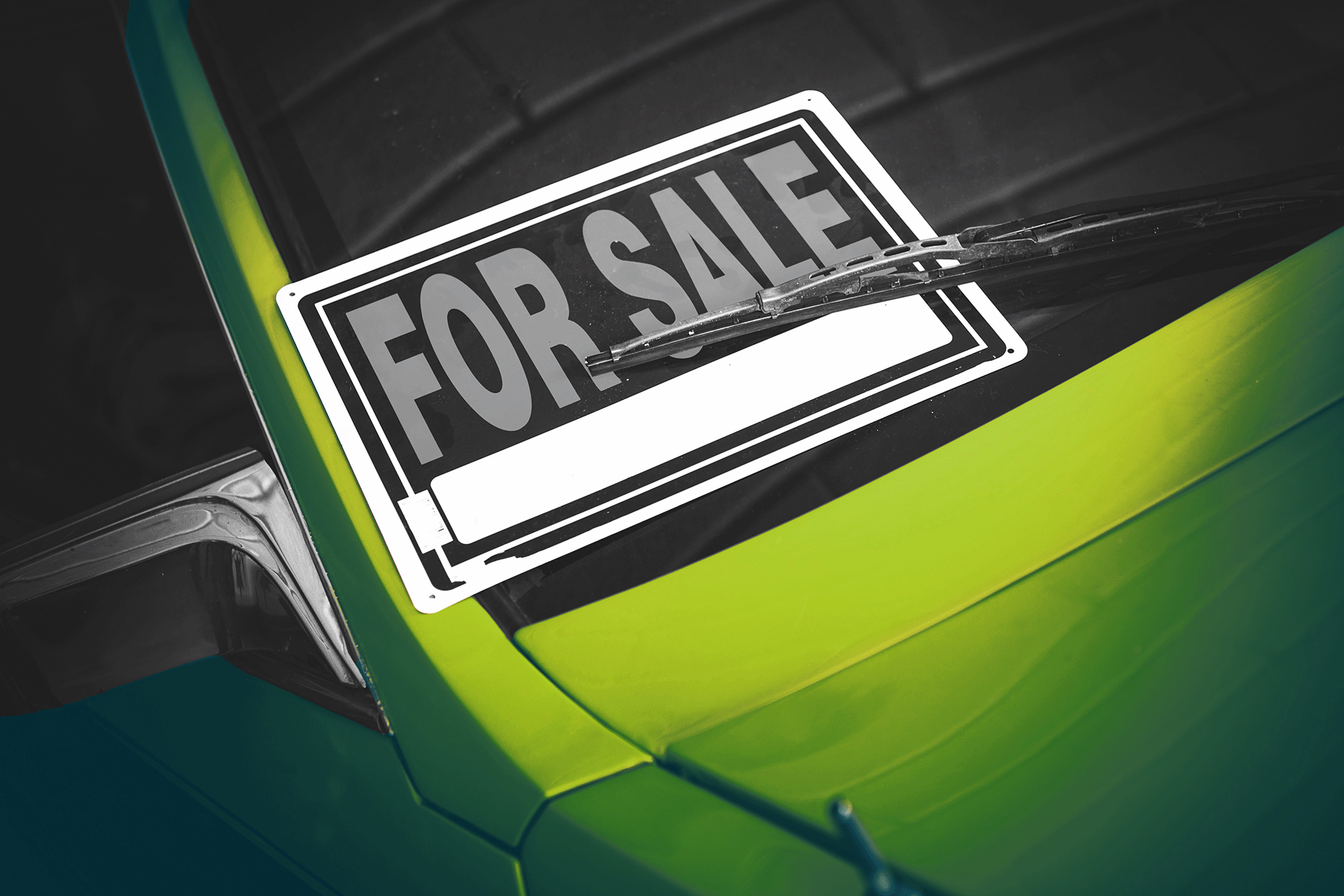
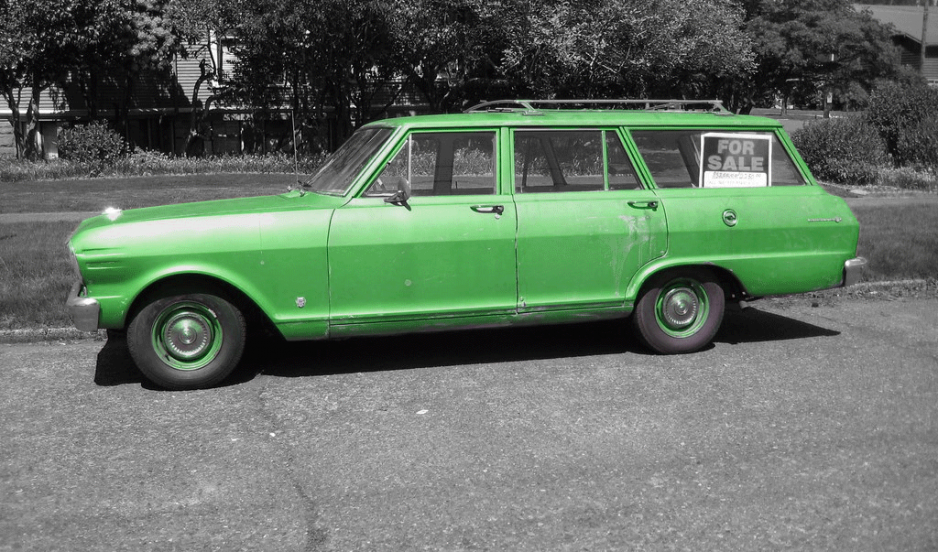


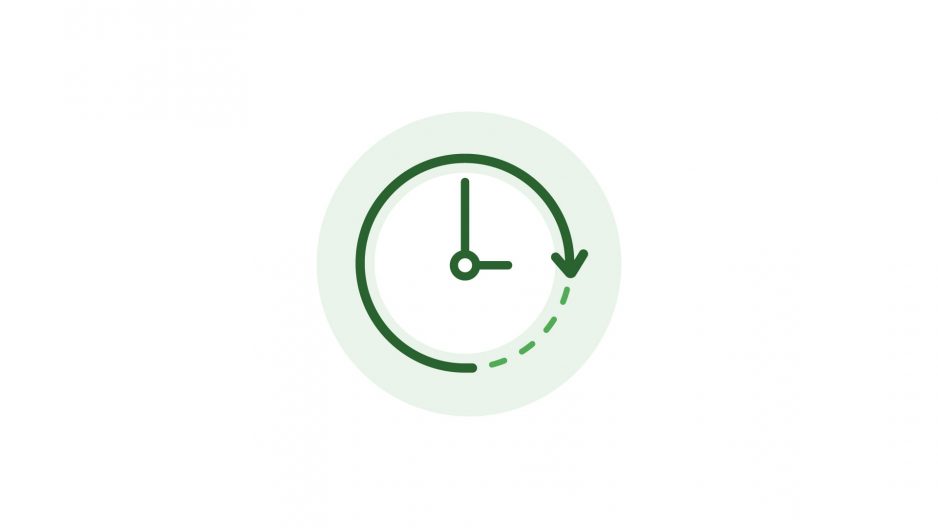
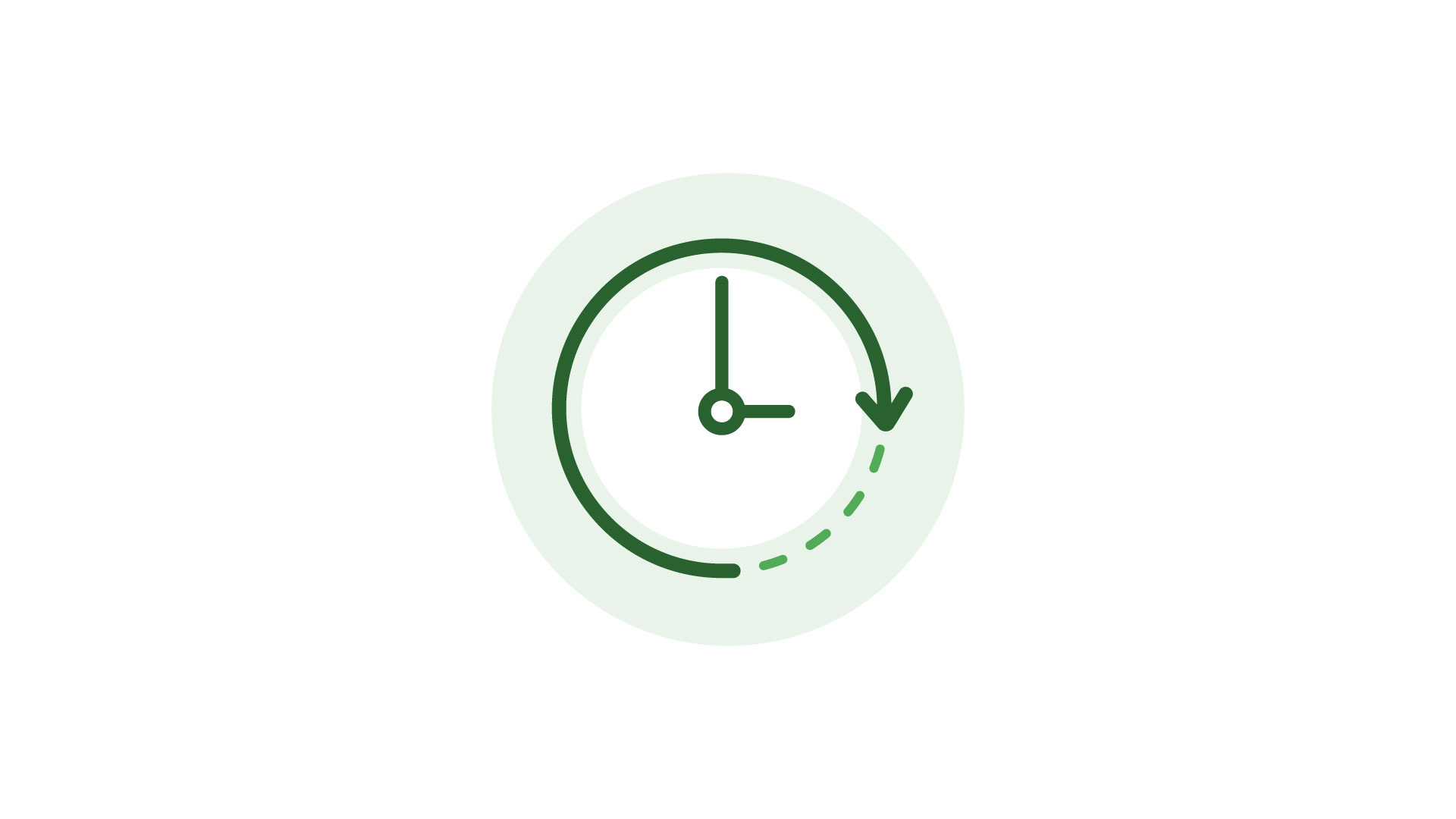

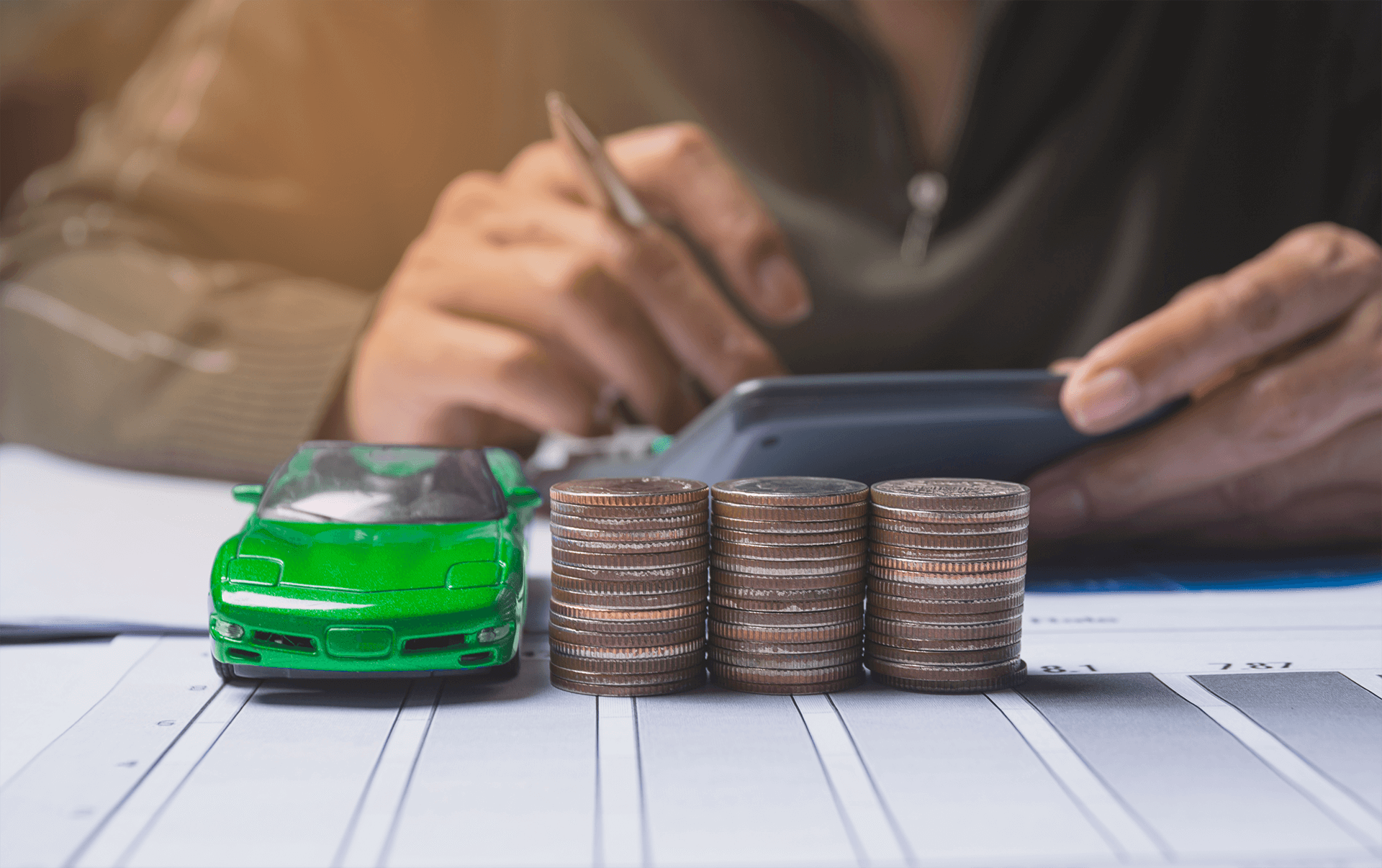
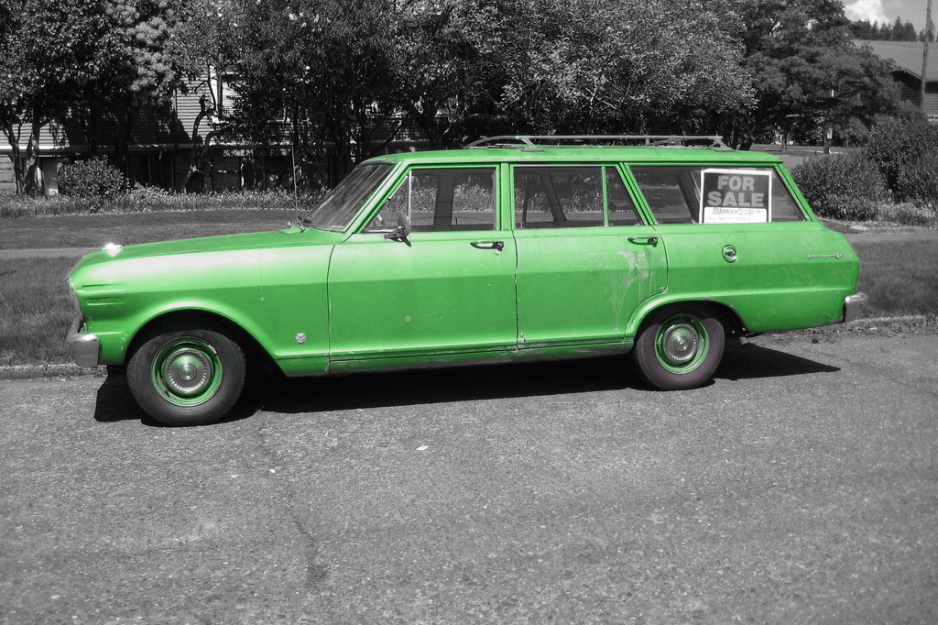
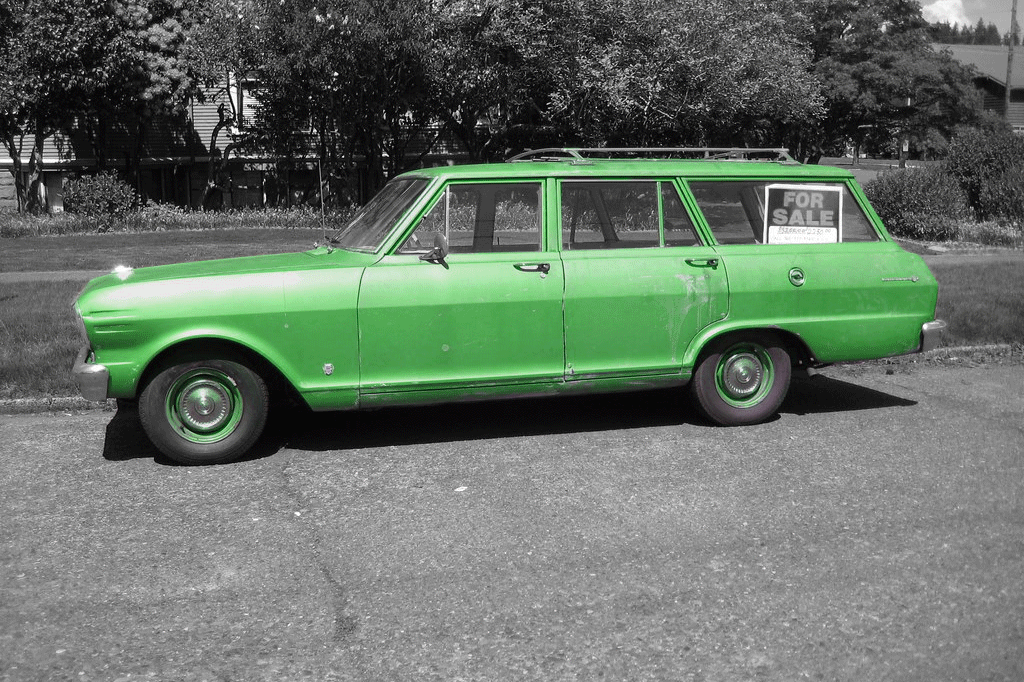
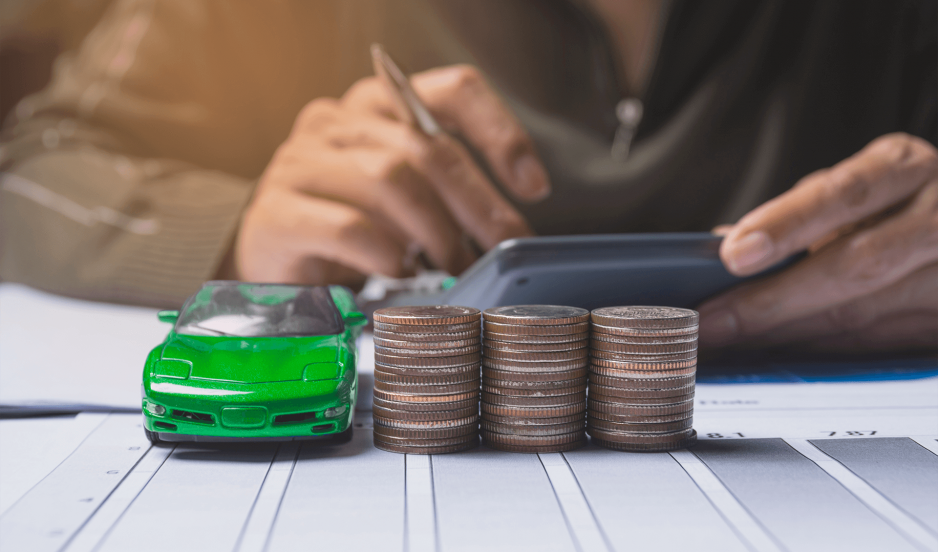

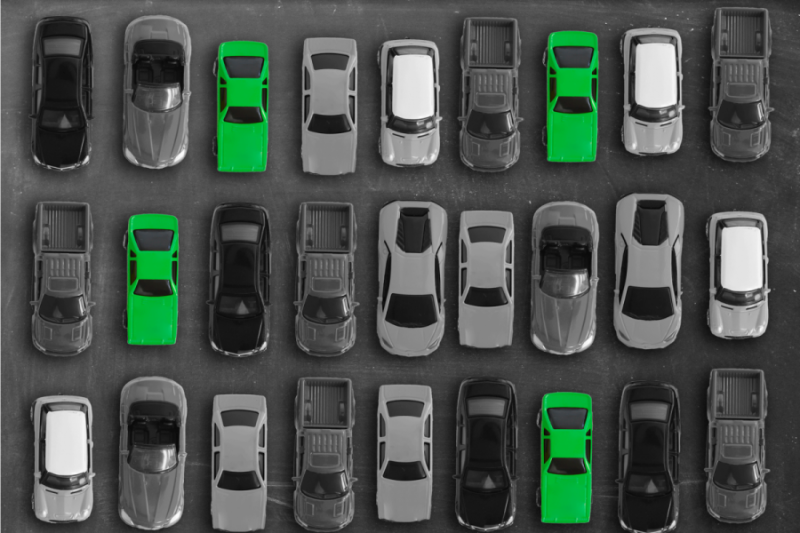


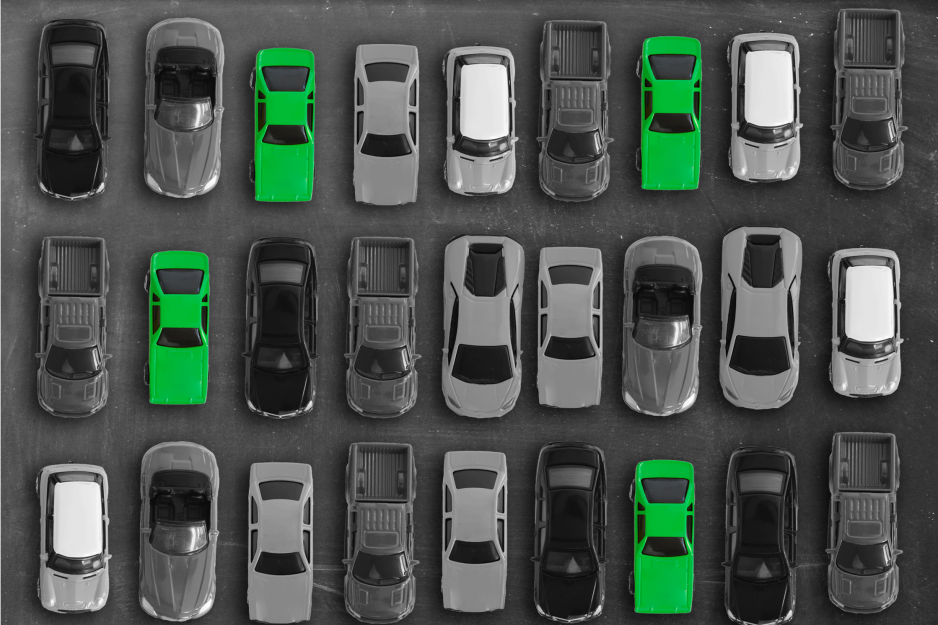
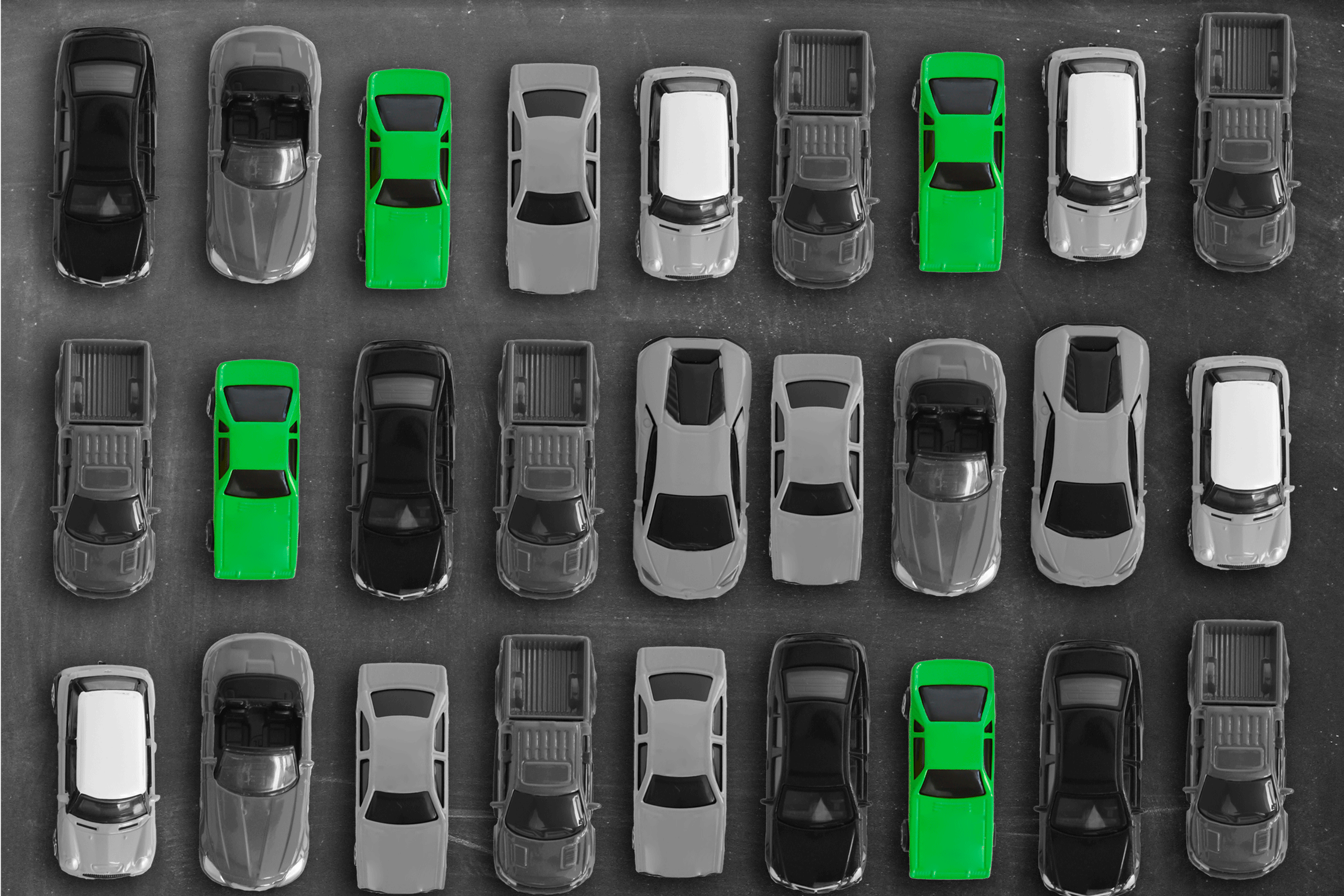
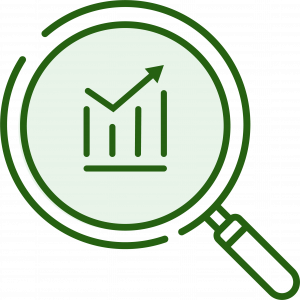 Here’s my go-to example: Imagine you are in a swimming pool on a fairly cool afternoon sipping from a big cold bottle of water. A water salesman approaches. Would you even pay $0.25 for that water? I wouldn’t.
Here’s my go-to example: Imagine you are in a swimming pool on a fairly cool afternoon sipping from a big cold bottle of water. A water salesman approaches. Would you even pay $0.25 for that water? I wouldn’t.